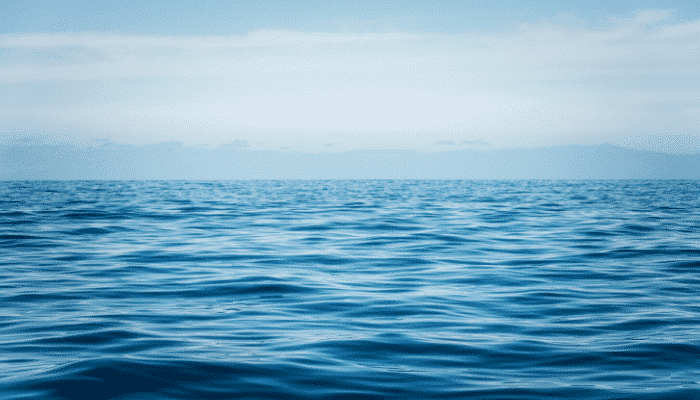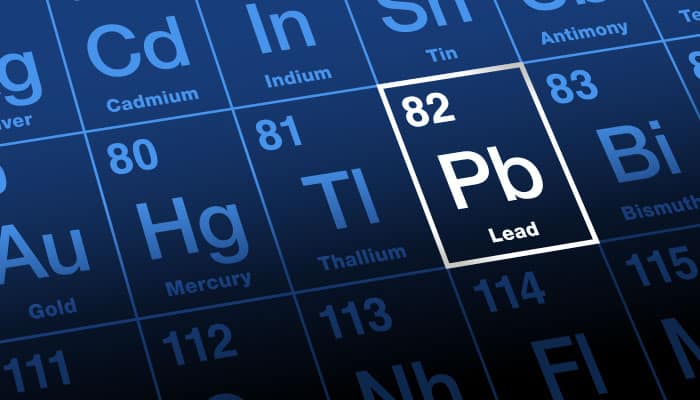
Article réservé aux abonnés


A recent study published on 30 April 2020 in the Journal Science reports areas of accumulation of microplastics in the Mediterranean seabed at levels never before measured.
Indeed, quantities of up to 1.9 million units over an area of one square metre have been found.
The study was conducted jointly by the University of Manchester, the National Oceanography Center, the University of Bremen, the University of Durham and IFREMER.
Microplastic pollution in rivers is known, but the mechanisms relating to their dispersion and concentration on the seabed are still poorly understood.
The study has shown how deep-sea currents transport and concentrate microplastics and carry them to the depths in accumulation zones called hotspots. Microplastics on the seabed are made of textile fibres that have not been removed in sewage treatment plants.
These currents also carry oxygen and nutrients, which means that they can also harbour animal species that can potentially consume or absorb the microplastics present.
You can find the full study at the following link: "Seafloor microplastic hotspots controlled by deep-sea circulation".




